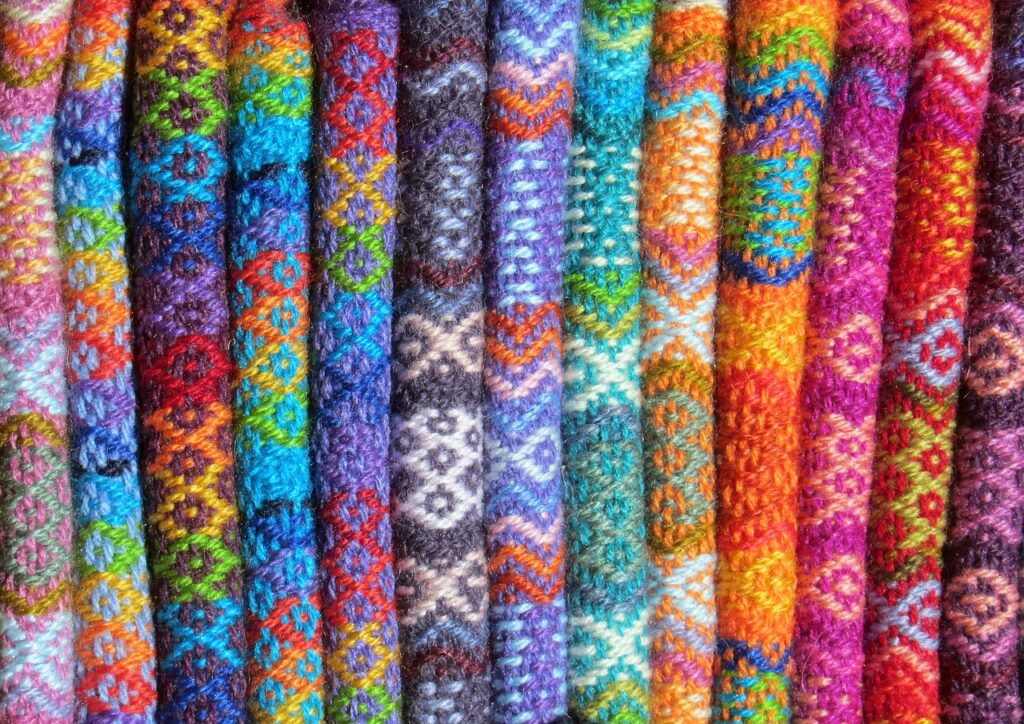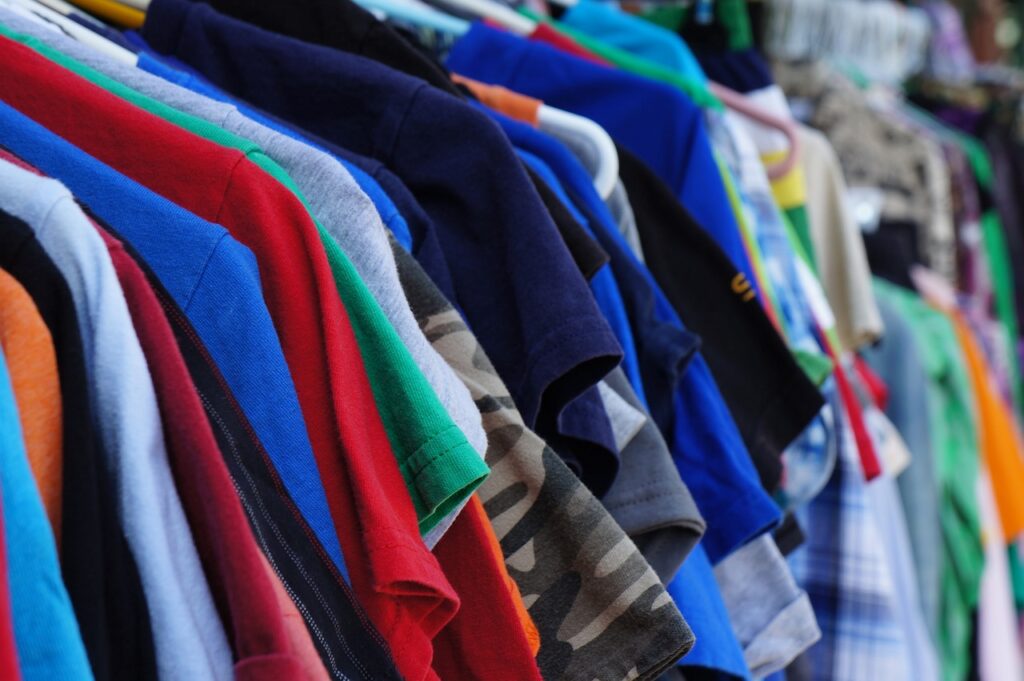Eco-Friendly Activewear: How Yoga Leggings Are Embracing Sustainability
The athleisure boom has led to some unfortunate impacts – cheaply-made yoga leggings that end up in landfills after a few wears. However, a growing number of innovative brands are rethinking activewear. These companies are producing eco-friendly yoga pants and other workout staples using organic materials, ethical manufacturing, and durable designs.
For the yogis and fitness fanatics seeking both comfort and sustainability, it’s an exciting development. Let’s explore how yoga leggings are going green.

The Problem of Athletic Wear Waste
The rise of athleisure over the last decade has filled our closets with stretchy leggings, moisture-wicking tops, and other active pieces. While comfortable, these synthetic-heavy garments also create waste problems.
Research indicates the average lifespan of yoga pants is just 3 years. The synthetic materials like nylon and polyester don’t biodegrade. When tossed in landfills, they leak polluting microplastics into soil and waterways. These plastic microfibers are now found everywhere, from deep ocean trenches to inland tap water.
Cheap manufacturing also means clothes wear out quickly. Fast fashion brands churn out poor quality workout wear made under exploitative labor conditions. After a few months of use, the pieces get relegated to the trash. All told, athleisure waste generates over 20 pounds of textile waste per person each year in the US. Clearly, there’s room for improvement.

Eco-Conscious Fabrics Replacing Synthetics
In response, a new league of eco-conscious fitness brands are rethinking the materials that make up our yoga pants and activewear. Rather than synthetics, they’re utilizing organic and recycled fabrics that are gentler on the planet.
Organic cotton has become a popular choice. Grown naturally without pesticides, organic cotton biodegrades much faster than spandex and nylon when discarded. California-based brand Live the Process emphasizes organic cotton in all their leggings, shorts, and tops.
Meanwhile, Girlfriend Collective uses recycled water bottles to create their stretchy yoga-ready material. Approximately 25 bottles go into each pair of their popular compressive leggings. Brands like Vuori and Outerknown also incorporate recycled nylon and polyester derived from old fishing nets and industrial plastic.
There’s also been an uptick in innovative new fabrics derived from plant sources. Lululemon uses a moisture-wicking yarn called TENCEL Lyocell in their yoga pants, a fiber created from regenerative eucalyptus trees. ALO Yoga incorporates fabric made from recycled nylon and plant-based chitosan, dubbed ECONYL®, into their Inner Focus legging.

Ethical Production & Fair Labor Practices
Along with eco-fabrics, brands focused on sustainability also prioritize ethical production methods. They aim for transparency around labor practices and work to ensure reasonable wages and safe working conditions.
Pact, a leader in organic cotton basics, focuses on fair labor facilities. All of their factories uphold a living wage standard, meaning compensation covers basic needs for workers and families. Prana, Beyond Yoga, and Amour Vert partner with factories certified by groups like the Fair Trade Federation. This independent certification confirms safe and healthy working environments along with guaranteed rights and liberties for all employees.
To reduce shipping impacts, some brands also emphasize locally-based manufacturing whenever possible. Colorado-based prAna knits, dyes, and sews over half of its products at their Portland headquarters or at nearby facilities in LA.

Designing Quality Pieces That Last
Along with material and labor improvements, sustainable fitness brands focus on quality and versatility. High performance, long-lasting pieces mean less waste and replacements needed.
Leggings intended for both studio and street wear get extra mileage. ADAY’s CloudKnit leggings feature a mid-weight fabric and streamlined silhouette suitable for everything from errands to yoga flows. Oiselle joggers and long shorts work just as well for casual hangs as tough runs.
Brands design their core offerings to last across seasons. “Our legging designs are timeless,” Girlfriend Collective says. “Trends will come and go but we’re building closet staples.” Prioritizing quality over quantity slows the cycle of fast fashion and athletic waste.

Facilitating Reuse, Recycling & Repurposing
Eco-conscious companies are also making garments easier to reuse, recycle or repurpose as a last resort. Recycling programs allow customers to return worn-out items like old yoga pants. Girlfriend Collective accepts all their old leggings to break down and repurpose into fresh gear. Pact takes back any used organic cotton basics for recycling or reuse.
Brands like Vuori and Patagonia encourage sending in damaged or worn-out clothes for repair when possible. Others facilitate donating garments. Lululemon and prAna work with organizations to route gently used athleticwear to charities and community programs.
Even when pieces reach the point of no return, natural materials like organic cotton can break down faster in landfills without leaking toxins. Using non-plastic packaging helps too – ADAY eliminates polybags in favor of compostable mailer bags.

The Future Looks Sustainable
While the athleisure boom led to unhealthy amounts of waist and environmental waste, the rise of eco-conscious brands offers hope. Yoga pants made using organic cotton, recycled synthetics, and other regenerative materials have hit the market. Production transparency and ethical labor practices are becoming industry standards.
With quality in both craftsmanship and sustainability, this new wave of activewear could lead more yogis, runners, and gym-goers to embrace the eco-friendly options available. As the technology and availability of earth-friendly fabrics grow, affordable sustainability gets closer to reality.
The future looks bright for getting our downward dog on and breaking a sweat without trashing the planet. As more health and fitness lovers demand both comfort and conscience from their activewear brands, the industry will continue moving in a greener direction.


